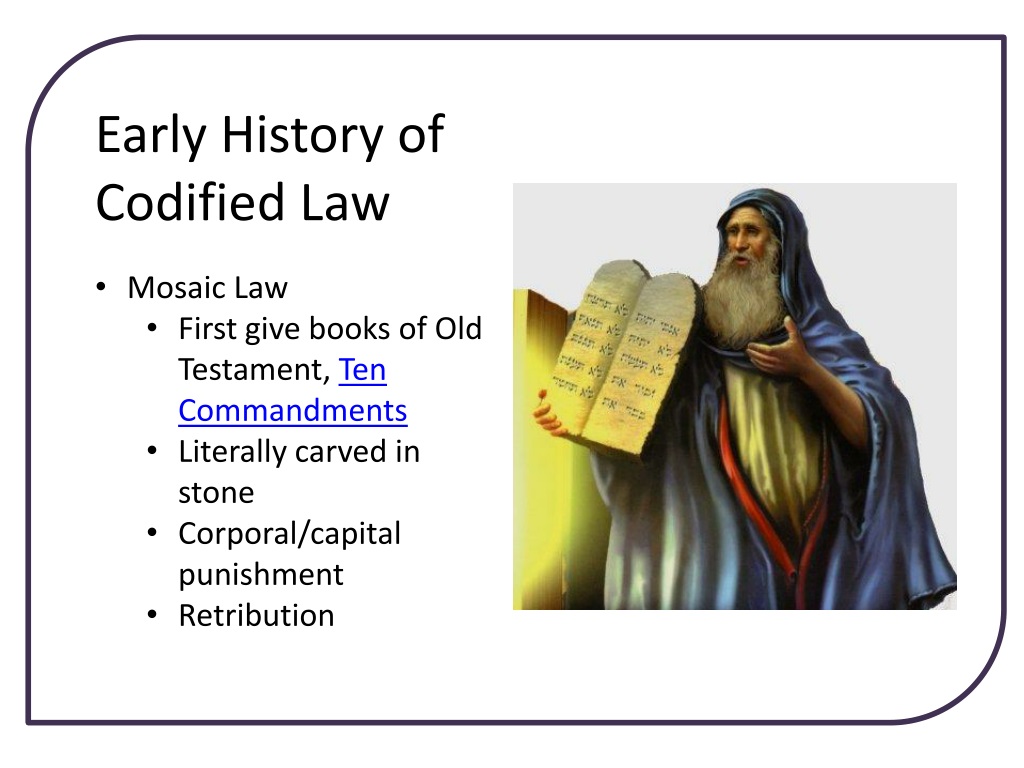

The New Covenant was revealed at the time of the greatest disruption for Israel-the Babylonian exile. The ending of the ark’s “exile” among the Philistines appears to have been the catalyst for the Davidic Covenant. Immediately following the forty years of wilderness wandering and just prior to Israel’s entry into Canaan, the Priestly and Deuteronomic covenants were given. The Mosaic Covenant came on the heels of Israel’s departure from Egypt. The Abrahamic Covenant was established following Abram’s departure from Ur. Secondly, the covenants appear to have been given in times of crisis or change when God’s people were upon the threshold of the unknown. The authority of the covenants resides in Him and Him alone-He is Lord. Suzerain) on behalf of His vassal-people. Firstly, all biblical covenants were initiated and implemented by the divine Sovereign (i.e. To understand the Mosaic Covenant, one must keep in mind a number of general concepts concerning biblical covenants. here was a duty of obedience, which was intimately tied up with promise as its only rightful outcome and sequel, but in no case could it be shown that the promising elements themselves were prior to the promise or were placed in jeopardy by human disobedience.” Covenant Concepts never threatened the constituent nature of these covenants, nor did they add any stipulations to them. Ultimately, all covenantal promises will be fulfilled. The covenants were not the product of human wheeling and dealing-they were imposed and enforced by a sovereign God. Man had no significant choice in their wording. Undoubtedly God unilaterally and unconditionally proscribed and promulgated the terms of all six biblical covenants. That which is conditional from a human perspective, however, might not be conditional from a divine perspective, so the issue is debatable. Theologians have tended to attribute to each covenant either a conditional or an unconditional nature. The pages of the OT identify six covenants having been made with the nation of Israel: the Abrahamic, the Mosaic, the Priestly, the Deuteronomic, the Davidic, and the New. By way of introduction, one must consider the identity, nature, and interrelationships of the biblical covenants. It is part and parcel of “the whole purpose of God” (Acts 20:27). Theologian and preacher alike should not neglect the study and proclamation of God’s revelation in the Mosaic Covenant. Everyone from Moses (Deut 5:6–21), to Jeremiah (Jer 7:1–15), to Jesus (Matt 5–7), to Peter (1 Pet 2:9), and every other biblical writer who has anything to say about covenant, morality and relationship to God reflects directly or indirectly on this passage.” “There is no way to describe adequately the canonical implications of Exodus 19–24. Exodus 19–24 had a significant impact on the writers of both the OT and NT: The pericope containing the Mosaic Covenant is an important OT passage. The Law has no authority over Christians because it has been fulfilled by the death of Christ.ĭivine revelation is saturated with pertinent theological pericopes.

No one can justly separate the moral, civil, and ceremonial parts of the Law from each other, as many have attempted to the law is a unit.

The covenant addressed itself to Israel and Israel alone, with its divinely authoritative rules that stipulated standards of righteousness. The covenant was the most conditional of all the covenants, and like all the covenants, it promised blessings for obedience and curses for disobedience.

The content of the covenant follows the pattern of the ancient day when a dominant power would make a treaty with a lesser or subdued power (i.e. The theological context of the Mosaic Covenant is Israel’s election by grace and the redemptive context of God’s deliverance of Israel from Egypt. The Mosaic Law is one of six covenants that God made with Israel, all of which have five concepts in common: their authority resides in God, they were all given in a day of crisis, no covenant nullifies a previous one, salvation from sin is not oÅbtained by keeping any covenant, and significant negative events followed the instigation of each.


 0 kommentar(er)
0 kommentar(er)
